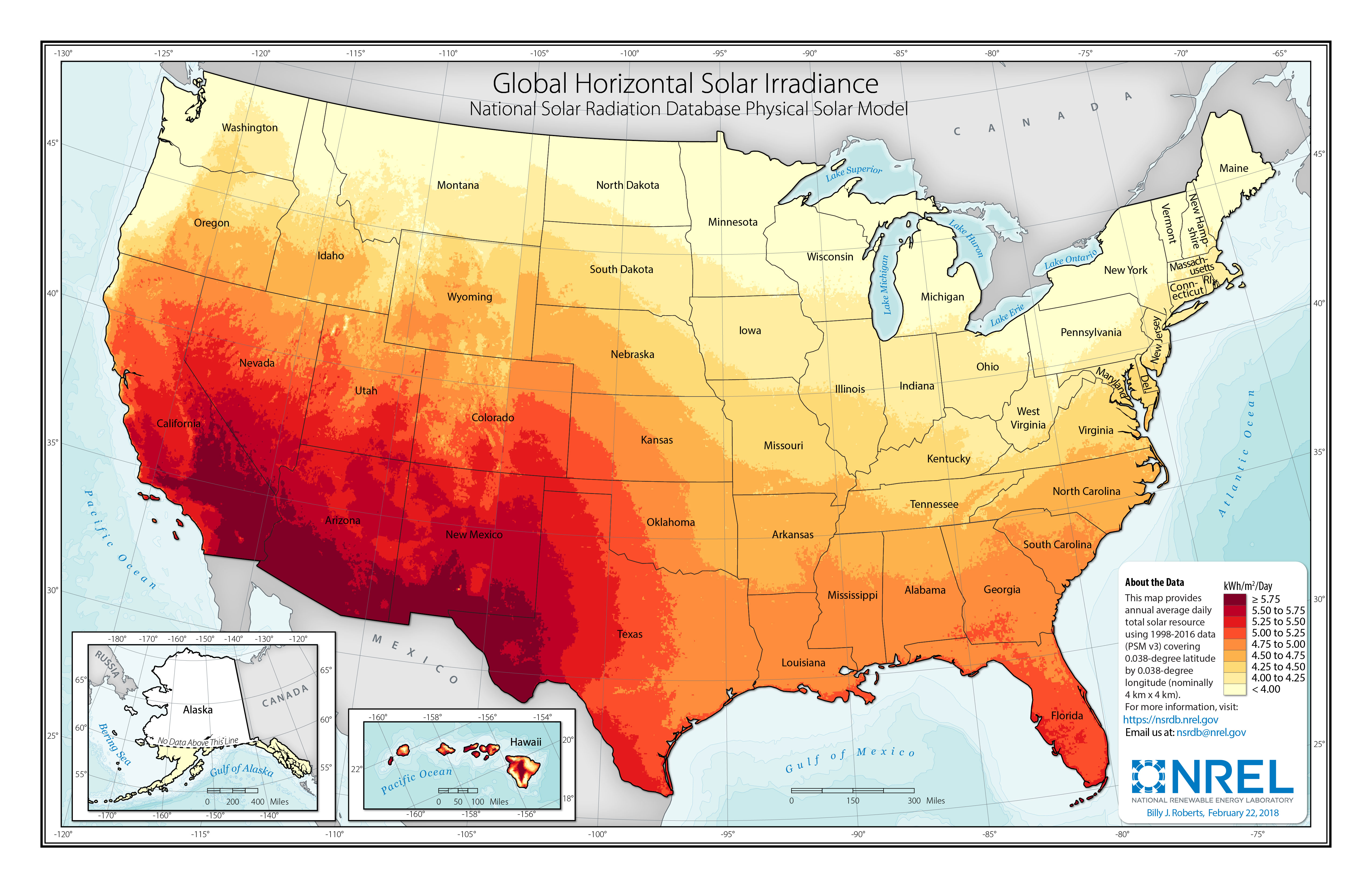I just purchased a house and am strongly considering two possible sources of alternate energy for myself, profit, and self sufficiency. But am trying to work the assessments to see if it makes "sense" economically. My time horizon here is probably 5-10 years, realistically.
I have electric appliances and aged gas furnace. My electric is probably around $50/mo., and probably similar for gas heat. I have a brick wood burning fire place. I have a 1600 s/f house that will also need updated insulation and windows so I'll be looking for any tax credits for same.
Right now there's a ~25% tax rebate for solar panels and ~25% tax rebate for wood stove.
Solar panels: It's very sunny here and I could probably eliminate my electric bill, and maybe even feed back to the grid for a source of revenue but I'm not sure how that works. Seems the "break even" point might be about 5-10 years. My major hesitation is that electronics seem to get twice as good and 1/2 as expensive (for the same/better performance) every couple years. So I don't want to buy panels now for $10k when better cheaper panels are available next year for $7k.
Wood stove is very attractive, in that it could heat my house with inexpensive or easily sourced wood, as primary or secondary heat source, and can be used as a backup source for cooking. I know they are a lot of work, and do take up floor space. Still debating. Break even point on this is probably 7 years depending on how much I use it but my goal would be as primary source of heat, also extending the life of my aging furnace. I could do a insert in my wood fire place, or I have a secondary chimney from the original wood stove (removed) that I could probably tap into.
With rising costs and inflation, it's very enticing to try getting these items now as a immediate and future hedge against rising costs and shortages.
Feedback and experience thoughts?
Feedback, thoughts?
I have electric appliances and aged gas furnace. My electric is probably around $50/mo., and probably similar for gas heat. I have a brick wood burning fire place. I have a 1600 s/f house that will also need updated insulation and windows so I'll be looking for any tax credits for same.
Right now there's a ~25% tax rebate for solar panels and ~25% tax rebate for wood stove.
Solar panels: It's very sunny here and I could probably eliminate my electric bill, and maybe even feed back to the grid for a source of revenue but I'm not sure how that works. Seems the "break even" point might be about 5-10 years. My major hesitation is that electronics seem to get twice as good and 1/2 as expensive (for the same/better performance) every couple years. So I don't want to buy panels now for $10k when better cheaper panels are available next year for $7k.
Wood stove is very attractive, in that it could heat my house with inexpensive or easily sourced wood, as primary or secondary heat source, and can be used as a backup source for cooking. I know they are a lot of work, and do take up floor space. Still debating. Break even point on this is probably 7 years depending on how much I use it but my goal would be as primary source of heat, also extending the life of my aging furnace. I could do a insert in my wood fire place, or I have a secondary chimney from the original wood stove (removed) that I could probably tap into.
With rising costs and inflation, it's very enticing to try getting these items now as a immediate and future hedge against rising costs and shortages.
Feedback and experience thoughts?
Feedback, thoughts?



